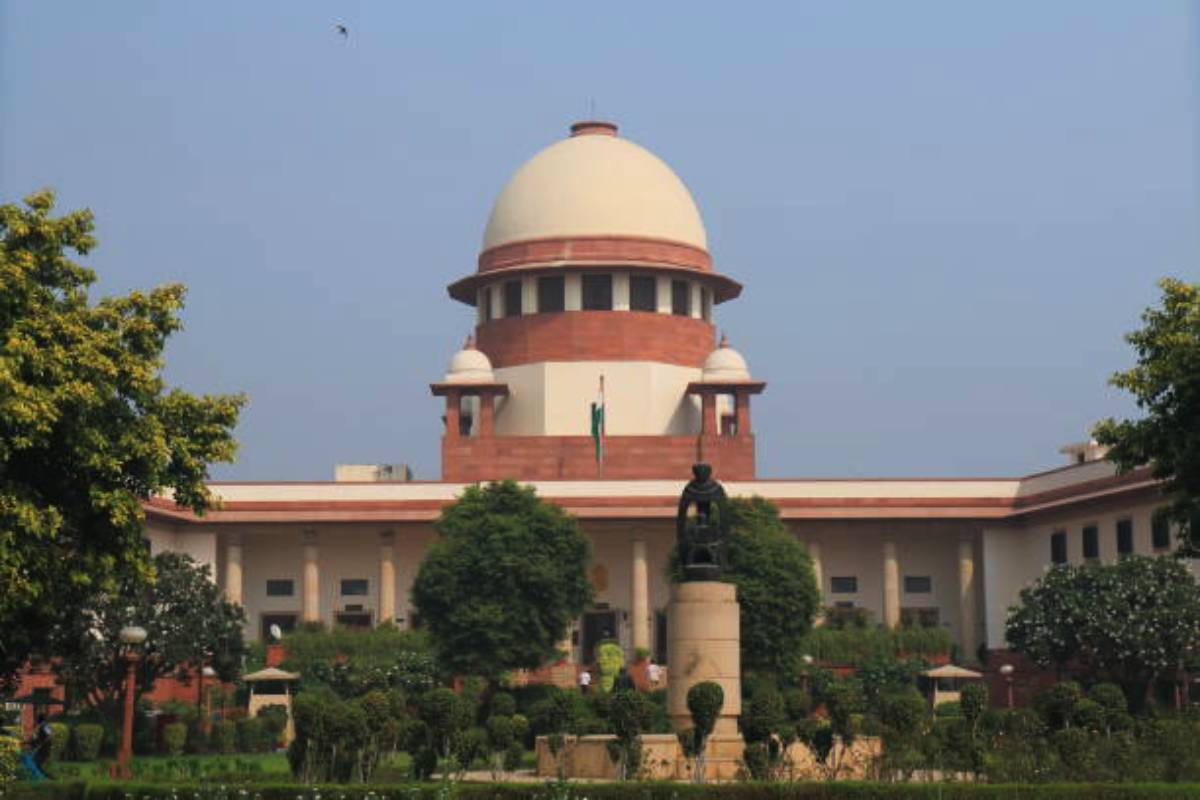In the tumultuous landscape of legal adjudication, the Supreme Court’s persistent battle against mounting caseloads is noteworthy. The year 2023 saw a commendable surge in case disposals, a hopeful signal amid the daunting reality of an 80,000-case backlog. Yet, the question lingers. Will this record-breaking feat suffice in taming the relentless beast of pendency? A retrospective glance reveals the harrowing impact of the pandemic on the judiciary’s efficiency.
The abrupt halt in 2020, coupled with subsequent experiments in online and hybrid models, led to an alarming spike in pending cases. The judiciary, grappling with the surge, faced a PIL in 2022 suggesting the doubling of judges’ strength to alleviate the burden. However, the court, citing systemic challenges, rejected the plea. Enter 2023, a year marked by a ray of optimism. Technological integration emerged as a steadfast ally in the judiciary’s battle against backlog. E-filing systems received a facelift, promising faster processing, while automatic listing and 166 Special Bench sittings were introduced to expedite urgent cases. The numbers reflect this concerted effort ~ case disposals surged from 39,800 in 2022 to an impressive 52,220 by 24 December 2023. Yet, the narrative is nuanced. The laudable initiative to enhance accessibility paradoxically led to a surge in case filings, with 53,753 cases in 2023 compared to 36,565 the previous year. In other words, the backlog remained.
Advertisement
Chief Justice D.Y. Chandrachud, cognisant of the widening access, expressed concern that it was reaching a point of dysfunctionality. This apparent contradiction raises a crucial question. Are the reforms inadvertently fuelling the cycle of backlogs? The statistical terrain offers a glimmer of hope. Unlike the sharp incline witnessed in previous years, the increase in pending cases from 2022 to 2023 was a modest 1,549. This becomes more striking considering the Court’s decision to include miscellaneous applications, unregistered cases, and defective matters in its official pendency count from November 2022. The Court, in essence, managed to dispose of nearly as many cases as were filed during the year. Institutional reforms, however, are not swift remedies. They demand time, persistence, and stability to take root. The Chief Justice’s tenure offers a window for the institutionalisation of these changes, but the baton will pass to two Chief Justices in 2025, each with a brief six-month tenure.
The responsibility then falls on their shoulders and those who succeed them to stay the course and ensure the sustainability of the initiated reforms. As the judiciary navigates this intricate path, it must strike a delicate balance between accessibility and efficiency. Technological advancements, while crucial, must not inadvertently foster a surge in litigation that outpaces the system’s capacity to dispense justice. The courtroom is a dynamic arena where each innovation requires careful calibration to ensure it serves the cause of justice rather than adding to the burden. Ignoring for a moment the quality of justice, the numbers show that the Court still has a long, long way to go.









